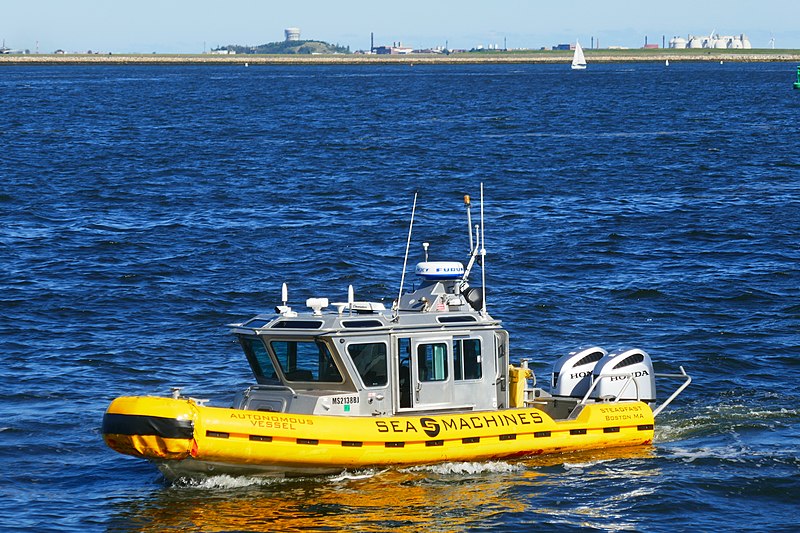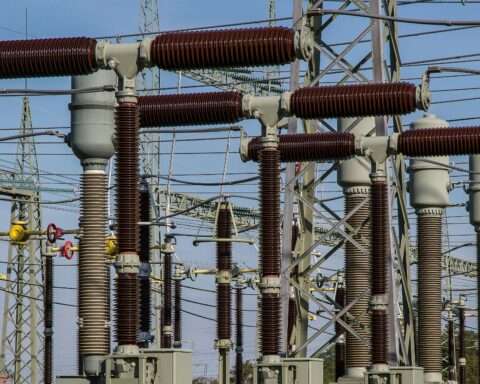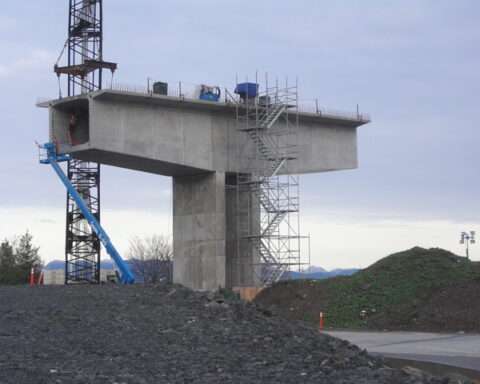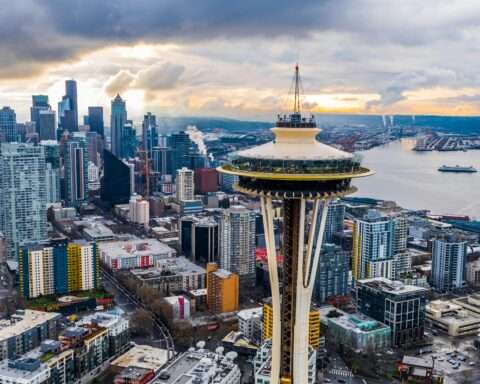Autonomous vessels that use sensors and technology to control speed, navigate and avoid collisions have failed to gain widespread commercial use largely due to cost and safety concerns, according to a report recently released by the U.S. General Accountability Office.
While the boats can be operated without a crew, current maritime regulations require minimum crew requirements – including a pilot – despite technology that renders crews largely superfluous.
The GAO’s report revealed mixed opinions regarding watercraft that could potentially operate without a crew. While the vessels could potentially be safer and more efficient, potential hazards involving cybersecurity, physical safety and the environment gave some respondents pause.
“U.S. and international stakeholders we interviewed described improved safety and efficiency, among other benefits. However, some expressed concerns and noted challenges involved in developing and proving these technologies for safe commercial use,” the GAO said. “Additionally, uncrewed or fully autonomous ship technologies may pose new safety risks in the maritime environment and could present challenges to a U.S. legal framework that requires (or is written with a presumption that) crew be aboard and in control of every ship.”
The International Maritime Organization – a specialized agency of the United Nations responsible for the safety, security and environmental performance of international shipping – is developing a regulatory framework for commercial autonomous ships that addresses issues such as safety, training and legal liabilities.
New international regulations could be voluntarily adopted by some countries as early as 2025, with changes becoming mandatory in 2032.
It seems unlikely that those new regulations would allow ships to operate fully autonomously, according to the GAO report.
Since 2018, IMO committees have worked to address autonomous ship issues. A working group formed from committee groups concluded that regulations adopted by member countries needed to include:
- Requiring autonomous ships to have a human master, either onboard or remotely, who can take control of the ship as needed.
- Only allowing one remote operating center to be responsible for an autonomous ship at any one time
- Allowing a ship’s master to be responsible for multiple ships under certain circumstances.
Stakeholders interviewed for the report said they felt the vessels were currently “well-suited to perform limited, controlled, and fixed-route applications that are closer to shore, at lower speeds, and in less frequently trafficked areas,” the GAO said.
Current uses for autonomous ships include:
- Slow-moving research vessels collect weather and other data, monitor the environment, or map the seafloor. These vessels can be much smaller and remain at sea much longer than crewed vessels.
- Ships remove humans from harmful environments, such as when monitoring highly polluted waters after an oil spill or extinguishing ships that are on fire.
- Small to medium-sized cargo ships traverse smaller bodies of water, such as rivers or inland waterways, to deliver goods to ports.
- Ferries can navigate themselves as they carry people along inland, river, or coastal routes.
Photo by NewtonCourt













